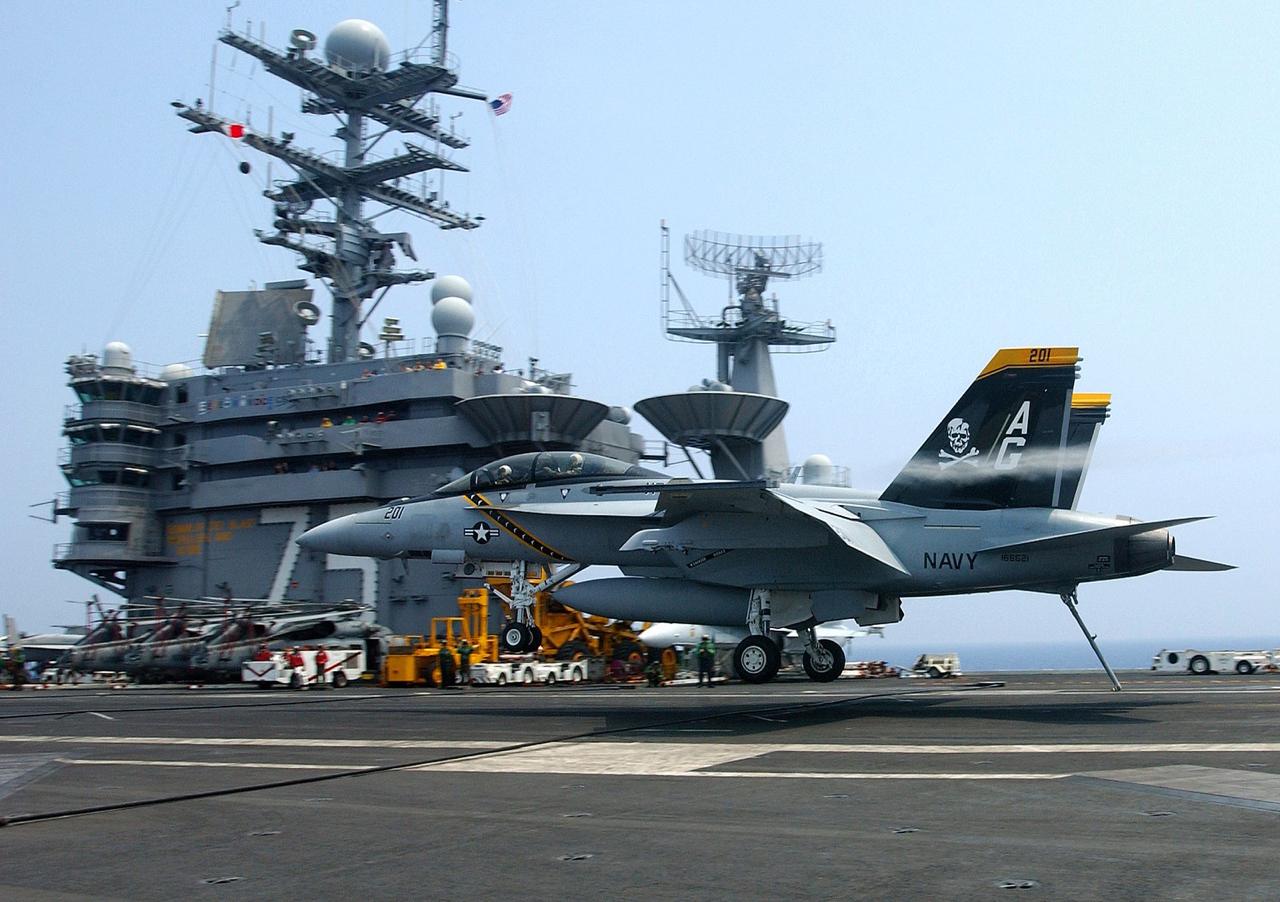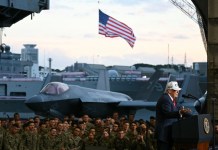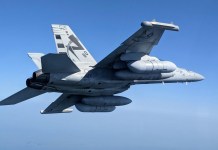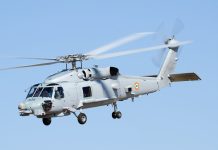Two US Navy aircraft, including an F/A-18F Super Hornet, crashed into the South China Sea in separate incidents on Sunday. There have been no reports of fatalities.
The first crash involved an MH-60R Sea Hawk helicopter, which “went down in the waters of the South China Sea while conducting routine operations from the aircraft carrier USS Nimitz,” according to a statement from the US Navy’s Pacific Fleet.
The U.S. Pacific Fleet said in a post on X: South China Sea – On October 26, 2025, at approximately 2:45 p.m. local time, a U.S. Navy MH-60R Sea Hawk helicopter, assigned to the “Battle Cats” of Helicopter Maritime Strike Squadron (HSM) 73, went down in the waters of the South China Sea while conducting routine operations.
Search-and-rescue teams from Carrier Strike Group 11, operating alongside the Nimitz, quickly launched recovery efforts and safely pulled all three helicopter crew members from the water.
A half-hour later, according to the Navy, a Boeing F/A-18F Super Hornet fighter jet crashed into the South China Sea, also “while conducting routine operations” from the USS Nimitz.
After the incident, at 3:15 p.m., an F/A-18F Super Hornet fighter assigned to the “Fighting Redcocks” of Strike Fighter Squadron (VFA) 22 also went down while conducting routine operations from Nimitz.
The Navy’s statement said both crew members aboard ejected themselves from the vessel and were safely recovered.
“All personnel involved are safe and in stable condition,” the US Navy said. “The cause of both incidents is currently under investigation.”
The crashes come as US President Donald Trump is in the region, on his first visit to Asia of his second term, and as Defense Secretary Pete Hegseth prepares to begin a multi-country Asian tour.

Earlier, as EurAsian Times reported, the US Navy lost its second F/A-18 Super Hornet operating from the USS Harry S. Truman aircraft carrier in the Red Sea in May, following a similar incident on April 28, 2025.
The aircraft’s pilot ejected safely, along with the weapons systems officer. The crew was subsequently rescued by the MH-60 Seahawk squadron HSC-11 helicopter and was found to have sustained minor injuries.
The Super Hornet is a multi-role fighter used for air superiority, strike missions, and close air support, operating from aircraft carriers such as the Truman. Famously featured in the movie Top Gun: Maverick, the Super Hornets are vital to the US Navy’s global operations, as demonstrated by the effort to increase their firepower.
The MH-60R Seahawk is the U.S. Navy’s primary anti-submarine and surface warfare helicopter, specially designed for all aspects of land or maritime operations from any aviation ship or air-capable vessel. The MH-60R has exhibited unmatched multi-mission capabilities since achieving full operational capability in 2010 and has achieved the highest mission-capable rates of any maritime helicopter.
Tensions In The Caribbean
Venezuela on Sunday lambasted the arrival of a US warship in Trinidad and Tobago as a dangerous “provocation,” amid mounting fears of potential attacks against the country.
The USS Gravely, a guided-missile destroyer, docked Sunday in the Trinidadian capital, Port of Spain, for a four-day visit that will include joint training with local defense forces.
The ship’s arrival comes amid a mounting military campaign by US President Donald Trump against alleged drug-traffickers in Latin America, which has largely targeted Venezuelans and thus far been limited to deadly strikes in international waters.
Trump has increasingly threatened in recent days to take the campaign on land, while Venezuelan President Nicolas Maduro claims Washington is plotting his ouster.
Trinidad and Tobago, which is situated just 11 kilometers (6.8 miles) from the Venezuelan coast at its closest point, has sided with Washington against its neighbor.
Venezuela angrily denounced “the military provocation of Trinidad and Tobago, in coordination with the CIA, aimed at provoking a war in the Caribbean.”
Caracas added that it had arrested “a group of mercenaries” with links to the CIA, days after Trump said he had authorized covert CIA operations against Venezuela.
Maduro’s government claimed the alleged mercenaries were mounting a “false flag attack” aimed at provoking a full-blown war, without giving details.
Venezuela regularly claims to have arrested US-backed mercenaries working to destabilize Maduro’s administration.
The USS Gravely is one of several warships Washington deployed to the Caribbean in August as part of an anti-drugs campaign that Venezuela sees as a front for trying to topple Maduro, whose reelection Washington rejects as fraudulent.
Tensions escalated sharply on Friday, when the Pentagon also ordered the USS Gerald R. Ford, the world’s largest aircraft carrier, to the region.
US forces have blown up at least 10 boats they claimed were smuggling narcotics, killing at least 43 people, since September.
The standoff has pulled in Colombia’s Gustavo Petro, a sharp critic of the American strikes who was sanctioned by Washington on Friday for allegedly allowing drug production to flourish.
With Agence France-Presse Inputs




